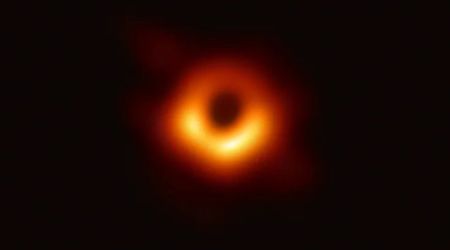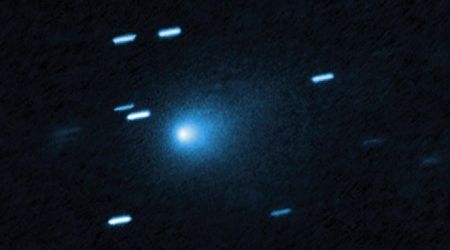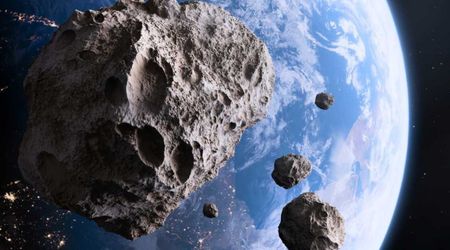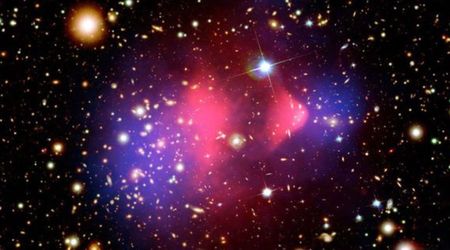DARPA accidentally detects SpaceX Falcon 9 reentry using Earth's atmosphere as a giant sensor

The atmosphere acts as a shield for the planet as it protects the surface from any anomalies that might cause harm. The intensity of atmospheric exit and reentry is a key factor that contributes to the construction of spacecraft. To monitor atmospheric shifts, the U.S. military's Defense Advanced Research Projects Agency (DARPA) set up a program titled Atmosphere as a Sensor (AtmoSense). The AtmoSense program’s recent detection was the reentry of the SpaceX Falcon 9 rocket. As it reentered the atmosphere, the disturbances caused were detected by the "global sensor" that observes sound waves.

The program uses Earth's atmosphere as a sensor to detect distant disturbances. The experts study how sound waves or electromagnetic frequencies move through Earth's atmosphere. They find ways in which these waves can be used to detect and pinpoint shifts such as earthquakes or volcanic eruptions. While studying the waves created by controlled explosions in New Mexico, researchers with the AtmoSense program detected something different. The wave detection captured the disturbances made by a SpaceX Falcon 9 rocket reentry.

"The phenomenon is highly repeatable," commented Michael Nayak, AtmoSense program manager. "We discovered an unplanned new technique for identifying objects entering the Earth's atmosphere," he added. Nayak explained that the technique measures the flow of electrons in the atmosphere and compares it to the analogy of water streaming from a hose. "That's a flow of electrons, and if you put your fist in front of the hose, you'll notice a significant drop in water volume coming out of the hose," Nayak explained about how the detection captures anomalies.

As the team noticed the dip in electron content, they narrowed down the location of the occurrence to find that it collided with a Falcon 9 reentry date. Data from the program showed that the AtmoSesne project can detect more than just ground-based disturbances like earthquakes, as per Space.com. Events that happen in the air or space, if they can be detected, will be "of interest to national security," said DARPA. The data of the program will be of interest to various organizations, and the officials might have to reach a conclusive truce to share the information among them.

Researchers on the AtmoSense program are planning to share their scientific results with the defense, scientific, and national security teams through a hybrid workshop. Both in-person and online, they hope to explore the potential applications for AtmoSense. DARPA’s program aims to perfect its methods and be able to eventually detect atmospheric waves that are created by occurrences from anywhere in the world. The workshop will be held on April 15-17, 2025, in Daytona Beach, Florida, by researchers working on the project.

This initiative builds on the idea that it would help add to the program's successes and spur further research and development for national security. AtmoSense began in late 2020, and set out to understand the fundamentals of energy propagation.









